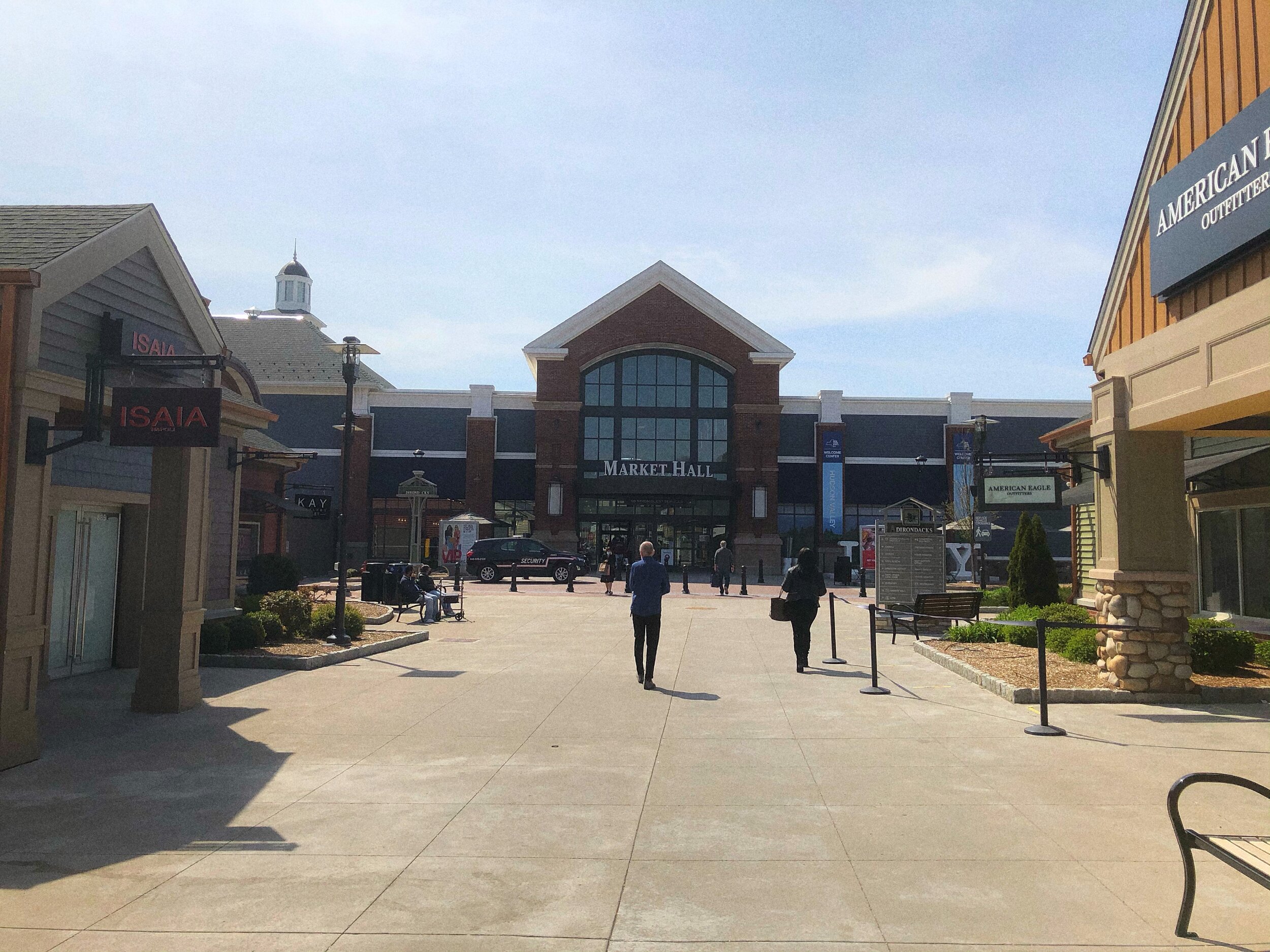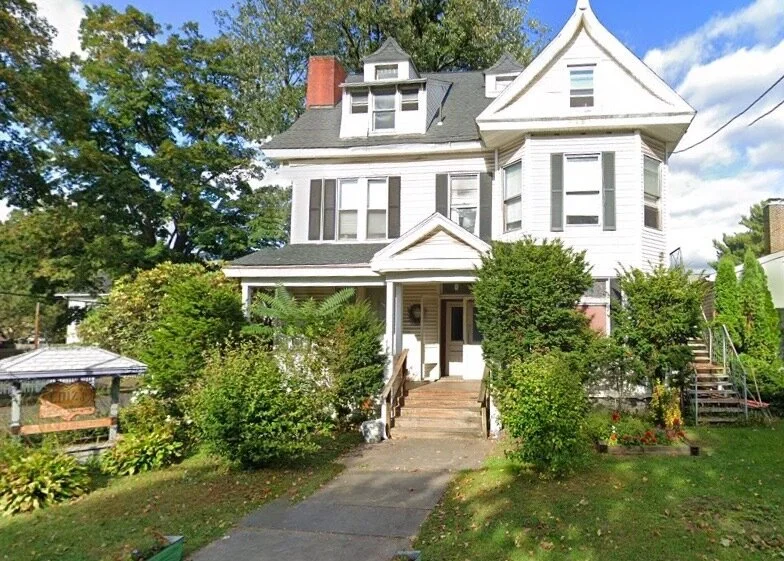Seattle’s X-Ray Automotive is all about Vintage, Minus the Hype.
Matt Pollitz is elbow-deep under the hood of a 1970 Volvo 145 wagon. The cabin looks as if several drifters had until recently claimed its cavernous quarters for squatting. It’s actually a longtime customer’s wagon, but as Pollitz puts it, this client “should do a lot more preventative maintenance on this car. Instead he calls me when it stops running.”
Pollitz has had his shop, X-Ray Automotive, in one Seattle location or another over the past two decades. Old Volvos are common enough in Seattle that they’re reasonably cheap to buy and run, and they have undeniable character. Pollitz’s customers do own some beauties of collector quality, from 444s to Amazons and Duetts, but most all of them are daily drivers. “That’s just Seattle,” he says with a shrug.
The stockily built, stubble-faced Pollitz, like most mechanics, isn’t shy about his biases. He’s attracted to Volvos because they’re a bit like him: stoic, but not cold. He likes that the cars are rugged and even the old ones are relatively safe, and he’s working on a Duett for his daughter to drive when she gets her license in a few years. Of course, that would make her the coolest kid in her high school, but that’s hardly Pollitz’s motive. He grins a bit ironically when asked about the hipster crowd in his part of Seattle and its interest in mid-’80s Volvos. To him the bright side of that buzz is the potential to electrify the cars—to make the old and mossy very new and shiny.
"Nobody gave a crap about art, so I found myself in Seattle seeing Volvos on every corner with my mind blown."
Although he owns X-Ray, Pollitz isn’t a mechanic by training. The 44-year-old grew up in New England, and his cars were always 1960s Volvos, which meant that teaching himself to work on them was a matter of necessity. After traveling around Eastern Europe working as an artist in the wake of the Soviet collapse in the 1990s, he came back to the U.S. thinking he’d continue his art career. “But nobody gave a crap about art here, so I found myself in Seattle seeing Volvos on every corner with my mind blown,” he says. “All of these old cars had turned to rust where I grew up and I figured there had to be a job in keeping them running.”
Less rust, more moss. The lot at X-Ray under leaden Seattle skies. Photo by Michael Frank.
What Pollitz quickly realized, too, was that his skills were no longer mainstream. “Your dad used to teach you how to set points and tune carburetors, and there were millions of Americans who used to know how to work on cars,” he reflects. His expertise fell by the wayside by the early 2000s, when all his twenty- and thirty-something peer mechanics only knew how to work on newer machines. Much like the old Volvos crowding Seattle streets, Pollitz was an anomaly—a rare young person who knew how to maintain naturally aspirated cars.
Pollitz commutes 45 miles in this Duett every day from Tacoma. Photo by Michael Frank.
Twenty years ago, as now, Seattle’s economy was booming, and one constant has been the city’s rich stock of 1950s–1970s Swedish machinery. Seattle after WWII was a sleepy backwater. Waves of Nordic immigrants helped settle the Northwest, attracted to businesses like forestry and fishing that carried over from their previous homeland. These Swedes and Norwegians settled stalwart middle-class seaside neighborhoods like Ballard, where Pollitz has always had his shops, and such folks were some of the first Americans to pine after imported Volvos, making Seattle one of the strongest markets in the U.S. “Back then, in most of America if you bought an imported car it was a VW,” Pollitz says. “But in Seattle people bought Volvos— and they still do.”
The big difference today, the relatively gruff Pollitz notes, is the wash of money coating every corner of the city. “I couldn’t buy a postage stamp, let alone a house in Ballard,” Pollitz snorts. The district may still appear working-class—especially the warehouse section surrounding his current outpost, where he works cheek-by-jowl with metal artisans and sculptors who share his tin-walled, chilly building—but single-family homes regularly sell for north of $1 million here. Rather than live nearby with his wife and daughter, Pollitz instead commutes every day to X-Ray in his mid-1950s Volvo Duett, fighting north-south I-5 traffic from the scruffy, but far more affordable city of Tacoma, Washington.
Even as housing costs have risen throughout the Northwest—Seattle is no longer the sleepy town it once was—its environs have been kind to old cars. Western Washington is damp, but it rarely snows and roads aren’t salted, so vintage iron grows moss, rather than rust. (Yes, really.) Pollitz recently bought a field-found Amazon 122 that’s literally green-hued. “The tabs are from 1998, which is the last time it was registered, but I did a little work and got it running.”
And as Volvo aficionados know, these vintage Swedes are built to take a beating. “The B18, which they introduced in ’62, everyone thought Volvo was crazy,” Pollitz explains. “It’s a four-cylinder engine with five main bearings. Then, and even today, four-cylinder engines mostly have three bearings on the crankshaft. It's an additional expense—not just the bearings but the journals—plus more intricate casting of the block.” Pollitz says those five-bearing fours are unbelievably tough. He figures the careworn B18 he’s repairing in his shop right now easily has a half-million miles on it without a rebuild, and he’s fairly sure the owner has seldom given it much if any serious attention.
Indeed, he says that a number of his current customers—mostly musicians, artists, and other creative types—barely care about what’s under the hoods of their cars. “They’re not in love with the internal combustion engine,” he says. “It’s the shape of the car, the look of it, the body style.” For that reason, Pollitz has already dabbled here and there converting some into EVs.
Jeannette Meade’s EV is hardly a Tesla. Photo by Michael Frank.
Jeannette Meade swings by X-Ray in her Volvo 444 because her wipers aren’t tracking correctly. She’s originally from Sweden and an owner of a local coffee shop. She always noticed Pollitz coming to get a coffee in a different vintage Volvo. Eventually she asked how she could get her hands on one. That led her down the rabbit hole not just to any 444, but to this one that Pollitz converted to electric power for her, using a forklift motor. Meade’s car retains its traditional gearbox, too. Why gears? Hills. Seattle has a lot of them, and Pollitz wanted Meade to have the option to downshift for descents, particularly in the rain.
Meade kindly let me take her car for a spin around the block. What’s immediately amusing is the ferocious torque; you can start the damn thing in third gear. “I just leave it in third or second,” she tells me. You also don’t have to dump the clutch at a light and shift to neutral, because it will never stall like an engine would. The clutch is only necessary to change gears.
Pollitz says the idea of converting all of his clients’ cars to electric is a fantasy he hopes to somehow make a reality. “I don’t relish maintaining a fleet of cute super-polluters. I know that might be heresy to fans of old cars, but look, these have been around for sometimes 50 years, and the ones in great shape can be around for another 50. But going forward it’s only smart for wear and tear alone if they’re electric.”
He’s well aware that this concept creates a conundrum for his own business. Meade only stopped by because of her degrading wiper performance. Otherwise, she doesn’t visit X-Ray; like many greasy, cluttered vintage car repair shops it’s hardly hospitable; and besides, her EV doesn’t need oil changes or coolant flushes. As Pollitz inspects her car, though, he realizes she does in fact need some suspension and other work. Making a car into an EV puts the onus on Pollitz to pester his customers to see him regularly, like a dentist wishfully nagging patients to get regular cleanings. “Brakes, tire rotations, that kind of thing. Just so I’m keeping an eye on any little problems before they compound.”
Pollitz doesn’t prosthelytize about his EV conversions — but subtle advertising like this doesn’t hurt. Photo by Michael Frank.
Even as Pollitz has made a business of maintaining older Volvos, he reiterates that the boxier 1970s–’90s 240s that Gen X, Gen Y, and Millennial car fans are warming to are even better-suited for EV conversions. “There’s just so much room in them for batteries and electric motors,” he says.
The one problem for Pollitz is that Seattleites are somewhat spoiled: They have a misperception that old Volvos are more plentiful than they actually are, which depresses their value, at least locally. So he’s stuck, in a way. Scaling up to swipe used Nissan Leaf drivetrains and swap them into 244s and 245s for resale would be ideal, but it’s not a cheap proposition. “Short of becoming a nonprofit, I’m not sure how you do it,” he says. Pollitz figures his customers would be wiser to just buy used Leafs and drive them, but he also knows they don’t putter around in old Volvos for strictly rational reasons.
“There’s a love for these old cars,” says Pollitz. “Converting them to electric would be better for the planet and it would save more Volvos. These are beautiful cars and they’re also an important part of Seattle’s history, so I hope to find a way to make it work.”















